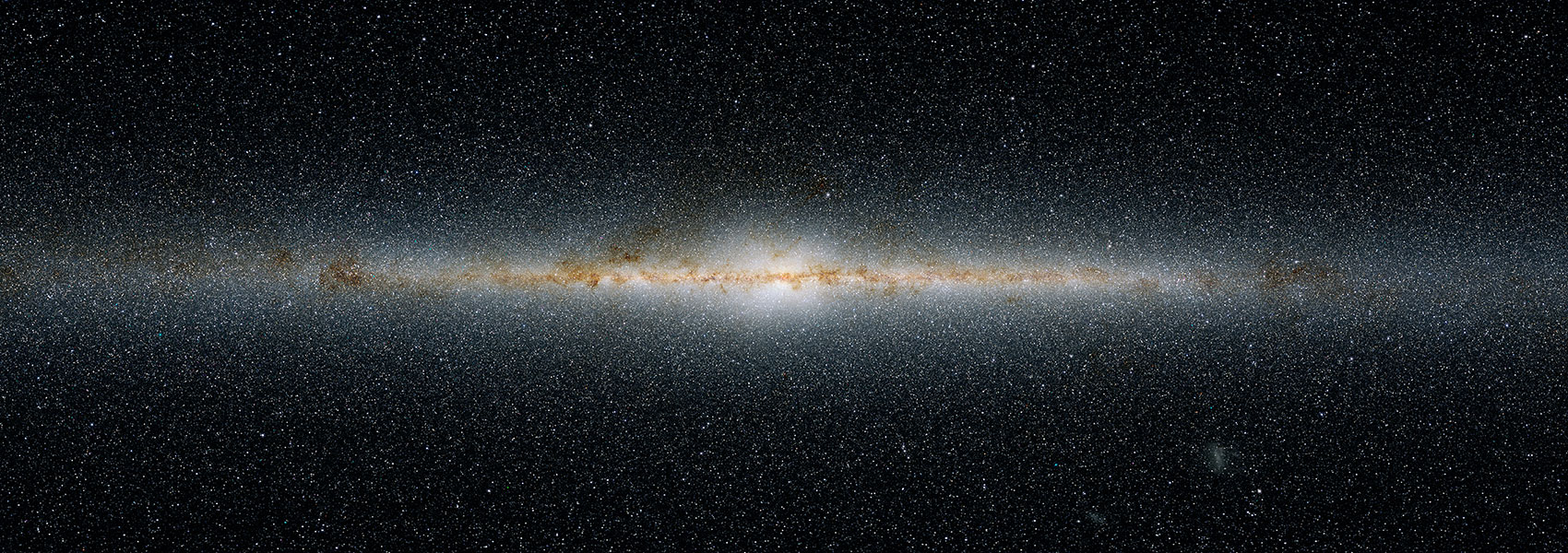
Statistics for Galaxy Outflows at z ∼ 6–9 with Imaging and Spectroscopic Signatures Identified with JWST/NIRCam and NIRSpec Data
July 2024 • 2024ApJ...970...19Z
Abstract • We present statistics of z ∼ 6–9 galaxy outflows indicated by spatially extended gas emission and broad lines. With a total of 61 spectroscopically confirmed galaxies at z ∼ 6–9 in the JWST CEERS, GLASS, and ERO data, we find four galaxies with [O III] + Hβ ionized gas emission significantly extended beyond the kiloparsec-scale stellar components on the basis of the emission line images constructed by the subtraction of NIRCam broadband (line on/off-band) images. By comparison with low-z galaxies, the fraction of galaxies with spatially extended gas, 4/18, at z ∼ 6–9 is an order of magnitude higher than that at z ∼ 0–1, which can be explained by events triggered by frequent major mergers at high redshift. We also investigate medium- and high-resolution NIRSpec spectra of 30 galaxies at z ∼ 6–9, and identify five galaxies with broad (140‑800 km s‑1) lines in the [O III] forbidden line emission, suggestive of galaxy outflows. One galaxy at z = 6.38 shows both spatially extended gas emission and the broad lines, while none of the galaxies with spatially extended gas emission or broad lines present a clear signature of active galactic nuclei (AGN) in either the line diagnostics or type 1 AGN line broadening (>1000 km s‑1), which suggests that outflows are mainly driven by stellar feedback. The existence of galaxies with/without spatially extended gas emission or broad lines may be explained by different viewing angles toward outflows or the fact that these are galaxies in the early, late, or post phases of galaxy outflows at high redshift, where relatively large fractions of such galaxies indicate longer-duration and/or more frequent outflows at early cosmic epochs.
Links
- PREPRINT http://arxiv.org/abs/2306.07940
- NED https://ned.ipac.caltech.edu/uri/NED::InRefcode/2024ApJ...970...19Z
- ELECTR https://doi.org/10.3847/1538-4357/ad47f4
- SIMBAD https://simbad.u-strasbg.fr/simbad/sim-ref?querymethod=bib&simbo=on&submit=submit+bibcode&bibcode=2024ApJ...970...19Z
- PDF https://iopscience.iop.org/article/10.3847/1538-4357/ad47f4/pdf
- DATA https://archive.stsci.edu/mastbibref.php?bibcode=2024ApJ...970...19Z
- DATA https://doi.org/10.17909/qp74-bk09


